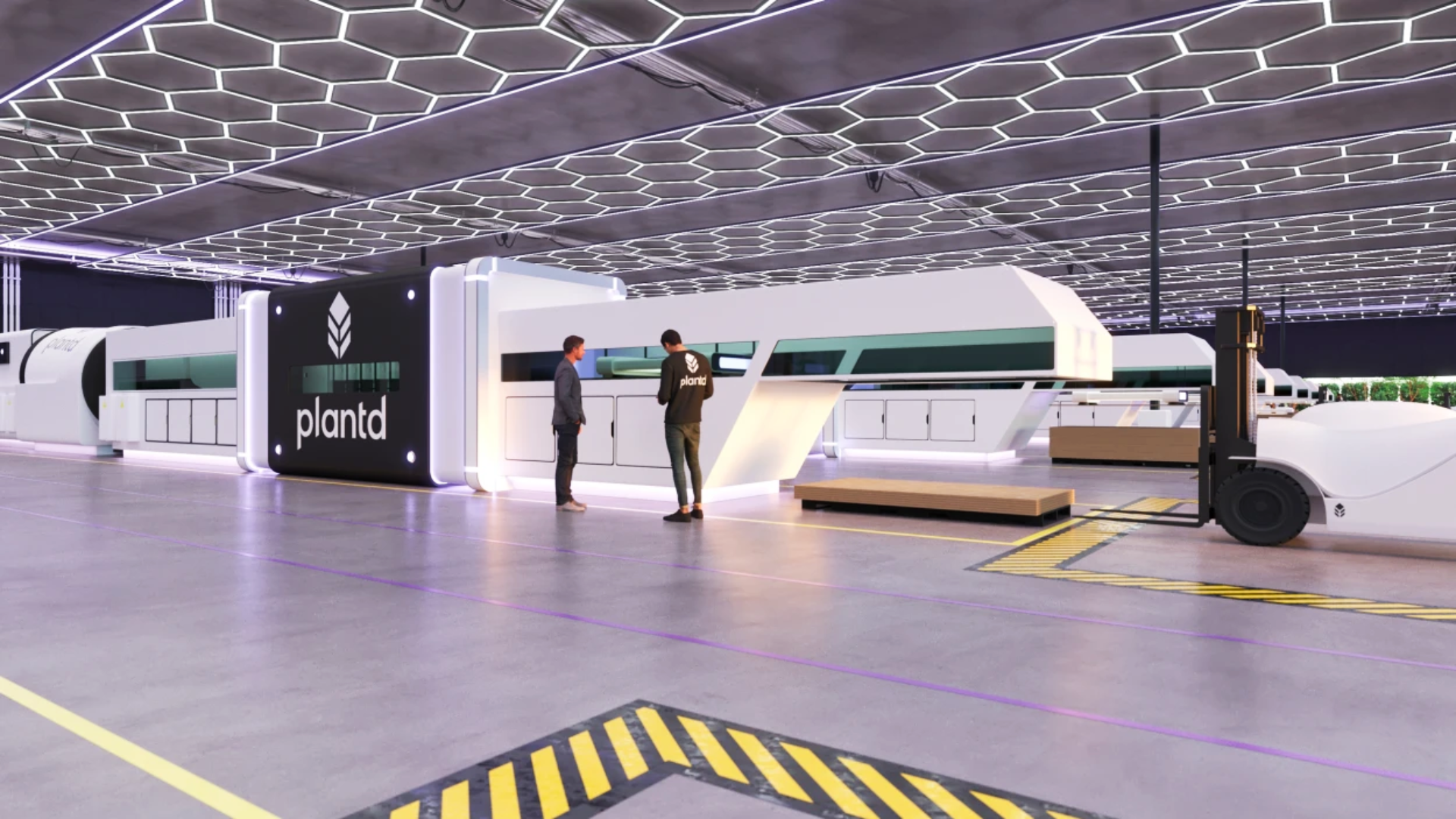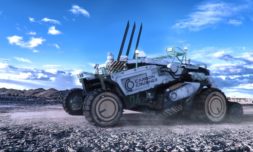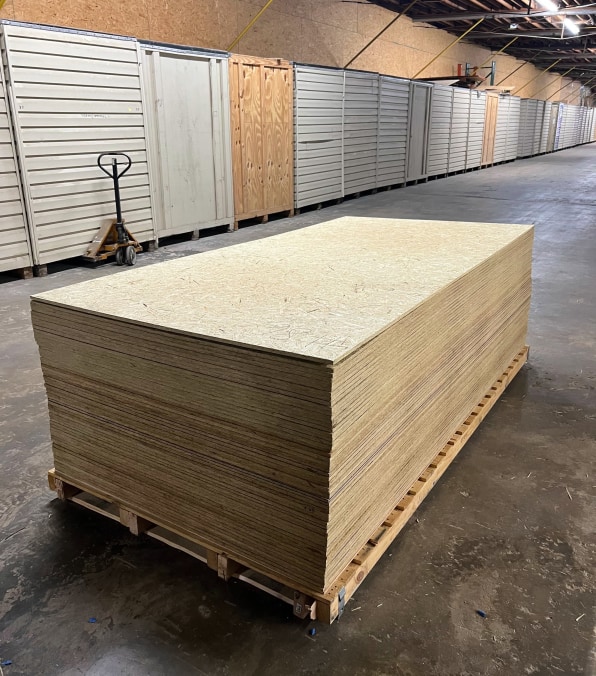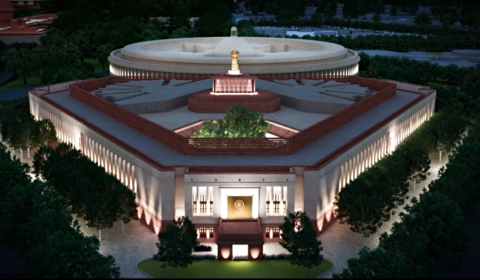Plantd is a burgeoning startup using grass fibres to create building materials instead of wood. Could this become a popular alternative in the future?
The drive for constant economic growth comes at a cost to natural resources, particularly wood.
The volume of wood used for lumber in a single year would circle the Earth’s equator 880 times if stacked in a straight line, or stretch between the Earth and the moon 45 times. Yes, we really use that much that quickly.
Though extremely profitable, the flip-side of this insatiable industry is mass deforestation. This leaves entire regions thwarted by pollution while simultaneously endangering surrounding biodiversity and any indigenous inhabitants.
It goes without saying then, that sustainable and commercially feasible alternatives are needed if we’re to ever systematically put a dent in the global demand for wood. Here comes the good news.
Serial entrepreneur Josh Dorfman, in cahoots with two former Space X engineers, has developed a solution that not only negates the use of wood completely, but actively sequesters carbon dioxide too. Win, win.
During the pandemic, the eco conscious inventor decided to launch a start-up called Plantd with one aim in mind: to develop and sell the structural equivalent of wood panels built using fast-growing types of grass.
Having already raised $10m in a Series A funding round, the burgeoning company claims to produce carbon negative panels stronger, lighter, and more resistant to moisture than wood.
The key ingredient is a perennial grass which grows 20 to 30 feet in a single year, and can absorb as much as 30 tons of carbon in that time.





















